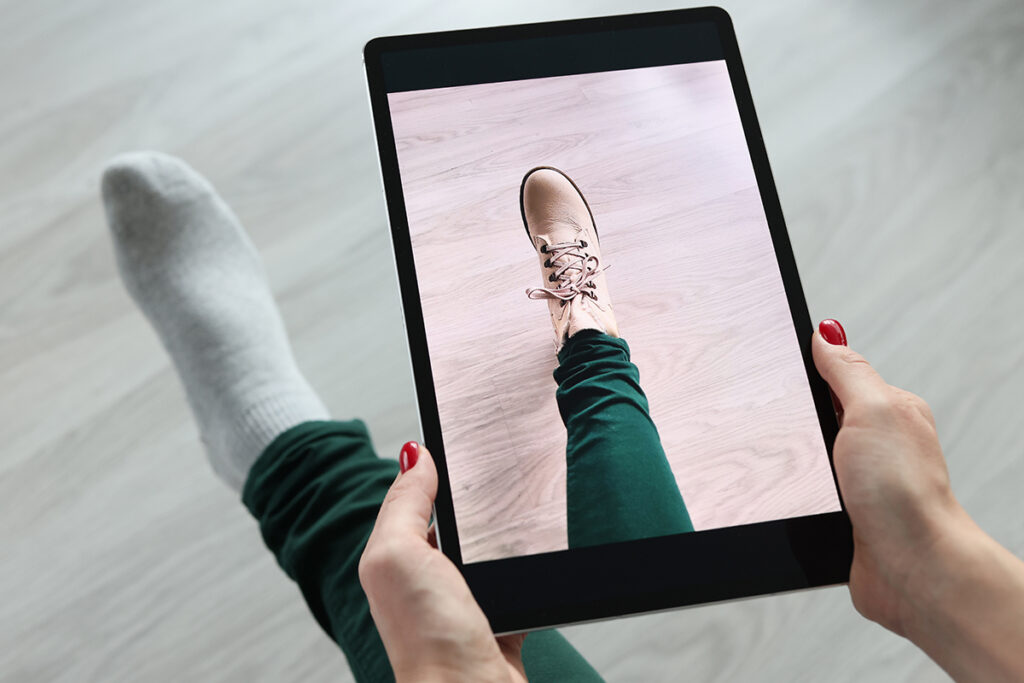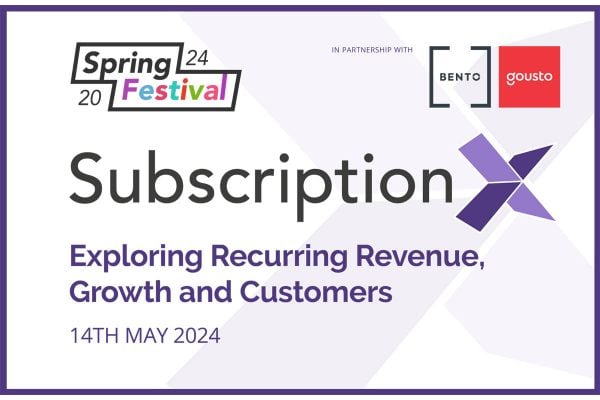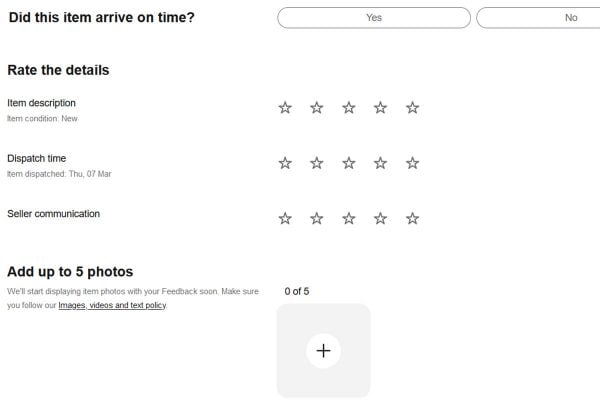Fashion merchants and logistics companies are exploring new ways to combat costly and wasteful returns, boosted by new AI and VR technologies to improve fit, data analytics, and inventive use of loyalty, writes Helen Scurfield, Innovation and Development Director, from Asendia UK:
Fashion brands are implementing virtual try-on tools and augmented reality experiences to enhance their customers’ decision-making process. Others are setting up ‘try before you buy’ delivery schemes for signed up customers. Can these innovations combat returns and help retailers operate more sustainably?
Addressing poor fit will curb returns
Research suggests that the number one reason for online clothing returns is poor fit – 46% cited this in a recent The Harris Poll of US consumers, the top reason, ahead of damage (38%) and poor quality (36%).
By offering inventive ways to get a better fit and more committed purchase from the get-go, online merchants could ease the operational headache – and cost – of returns.
With this in mind, Amazon launched Prime Try Before You Buy earlier this year, as a renaming of an older Amazon programme – Prime Wardrobe. This new service allows signed up customers to get a batch of clothes and shoes delivered to try on before they commit to buying anything permanently. Customers can select up to six items at a time.
They have seven days to test out the items. Unwanted pieces can then be returned in a resealable return box with a prepaid shipping label, and only the items the customer wants to keep get charged for. This service is open to subscribing Prime members – a smart way for Amazon to reward its loyal customers, and grow sales while managing returned items in batch form, which should mean fewer individual returns. With items coming back so rapidly, reselling them should be easier too.
The holy grail though, is finding fit before delivery.
Personalised online shopping services like Stitch Fix, and Tog + Porter use machine learning and in-house stylists to create personalised outfits after consumers take a quiz to specify their sizes and style. These ventures are designed to help customers find clothes that will suit and fit them, in a more supported way, before clothes go out for delivery.
High-tech personalisation for better sizing
A new generation of personalised sizing plug ins, and virtual try-on tools could also boost consumer confidence in fit and style at the point of ordering. A massive 85% of respondents in a recent Coresight Research study either currently use or plan to use, this technology.
Personalised fit recommendation apps like True Fit and uSizy can be easily integrated into fashion websites. These use basic data provided by individual shoppers and algorithms to help people choose the right size across lots of different brands. Understanding customers’ preferences based on what they wear and their actual measurements allows web merchants to turn hesitation into confidence, and bad size choices into good ones.
This July, Zalando launched a new AI-powered tool that enables customers in Germany, Austria, and Switzerland to receive size recommendations for certain garments, using predicted measurements from photographs of them wearing tight clothing. Robert Gentz, co-CEO of Zalando, called this “a step change solution in the industry that will help customers find the perfect fit before delivery.”
Virtual try-on experience
Generative AI tools for online clothes shopping could have a significant impact in the next few years. Take Google’s new virtual try-on feature as an example. Users in the US now have the ability to choose models across a wide size spectrum from XXS to 4XL, encompassing diverse skin tones, body shapes, and hair textures. Google is harnessing the power of generative artificial intelligence, available through its search engine, and, to begin with, only usable on women’s tops.
Shoppers can click on products with a “Try On” badge to select a model to virtually try on tops from brands like H&M, Loft, Everlane, and Anthropologie. The technology aims to provide consumers with a means to envisage how the clothing might appear on individuals of varying sizes, skin tones, shapes, and hair types.
Meanwhile, the John Lewis Fashion Rental website lets customers see how the dress looks on them online before they rent with a new “Try it On” feature. Customers upload a headshot and sizing information to try the outfit on virtually, from the comfort of their own home. The aim is that the chosen item will fit first time, cutting out the need for several deliveries and returns.
Data analytics flag problems
Smaller online sellers may not have the funds for the latest AI and augmented reality technology. But they can take steps to help shoppers make good purchase decisions, which will result in fewer costly returns.
Customer reviews can inform purchasing decisions. As can video clips of how clothes look, and realistic-shaped models. Updated, accurate product descriptions with high-quality visuals such as 3D images also help enormously. Retailers investing in these initiatives are addressing returns rates head on.
If brands and their logistics partners are also carrying out returns analytics to pinpoint problems, they can be proactive in addressing sizing and design issues, as well as problems like damage in transit, or hold-ups in delivery. Being alerted to problems causing higher returns means brands can see big improvements over time.
Parcel shipping service providers are investing in dedicated portals for their retail customers to access data and receive real-time alerts to problems. For instance, the new Asendia e-PAQ Returns platform, which is currently available with further rollout across the globe during 2023, gives retailers access to powerful data analytics for exactly this purpose.
With a returns data dashboard, retailers can see which SKUs are being returned, which countries or regions they’re coming from, the reasons for return. They can spot trends and take timely action to reduce return rates.
When changes are made the improvements can be tracked – for instance, if sizing is wrong in a particular country, returns should reduce once the issue is resolved. If parcels are arriving too late in a certain city causing higher-than-average returns, the retailer knows they probably have a problem with the outbound carrier under-performing.Reverse logistics costs
Returns of all kinds are viewed as a business bugbear. UK consumers are most likely to return clothes (32%), followed by footwear (17%), bags and accessories (13%), and consumer electronics (9%), according to a Statista study, in March this year. The average return rate for clothing ordered online is 24.4%, according to Coresight Research. Not only are returns costly to process, they often lead to textile waste if clothes come back in a poor condition, or too late in a season to re-sell.
As the examples above illustrate, fashion retailers and logistics specialists are ingeniously tackling the issue. By leveraging new AI and VR technologies, data insights, and efficient home try-on programmes, they’re poised to optimise fit, streamline shipping, and boost resale potential. I believe this exciting new era of try-on innovation will drive commercial success, and help brands meet their sustainability goals.









